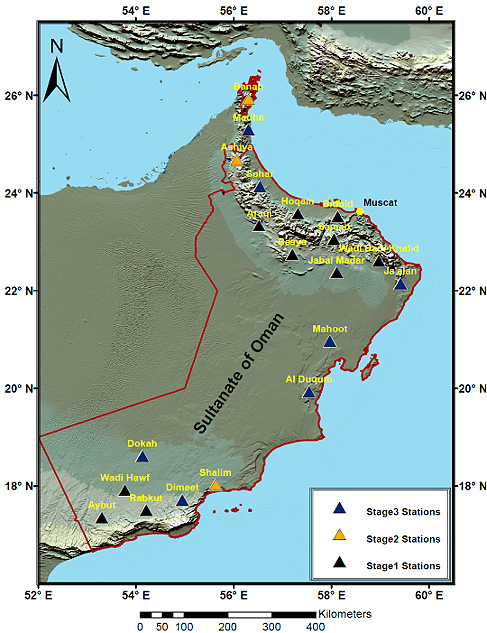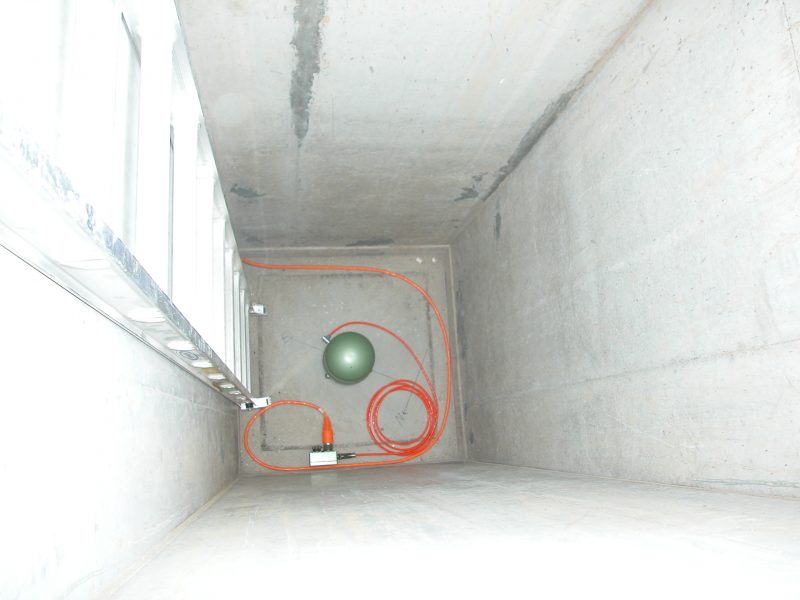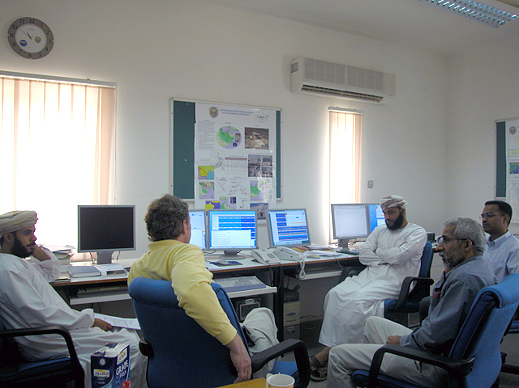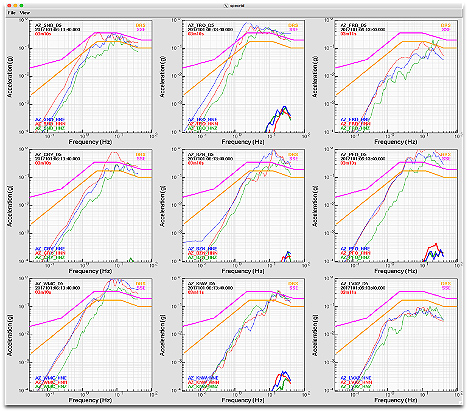About the Mission
The Earthquake Monitoring Center (EMC) is a national Omani research center, located at Sultan Qaboos University. EMC was established in 2001 to record local, regional, and global earthquakes. The EMC receives real-time data streams from remote seismic stations for further seismic data processing, alerting, and archiving. The recorded data is also used for studies on local seismicity and geophysics as well as for advanced seismic research. One main objective of EMC is to establish seismic hazard maps, which can be used by planners and engineers to reduce the risk of earthquake damages.
Project Objective
To implement the Kinemetrics’s open-architecture Aspen seismic monitoring and information platform, consisting of 20 remote seismic stations and the Data Center, and to support future network augmentations without any interruption to the concurrent operations.
All of Oman’s EMC network Aspen remote stations are exclusively based on Kinemetrics’ Quanterra® 26-bit (Model Q330HRS) field data acquisition systems, Kinemetrics’s surface EpiSensor accelerometers as well as the Streckeisen broadband STS-2, and STS2.5 seismometers. The EMC Aspen Data Center operates the commercial and mission-critical Antelope data acquisition and processing software.
Oman’s urban strong-motion stations were added over time since EMC Aspen network interception are equipped with the Kinemetrics EpiSensor accelerometers and Obsidian field data acquisition systems. Those stations are configured for real-time and dial-up operations, where the Antelope data acquisition software supports both modes of operations.
The same Aspen technology implemented in the USArray/TA project, delivered 99.8% data return over ~1,800 installations in more than ten years of operation.
After ten years of successful operation in the continental USA, the current USArray/TA phase comprises of 280 Aspen stations operating in Alaska, in a harsh environment like never before, and will stay operational until 2021 when removal begins. By the end of this U.S. National Science Foundation USArray/TA sponsored project, large number of Aspen stations will be transferred to the Alaska Regional network, operated by the University of Alaska, Fairbanks.
Project Achievement
All Aspen broadband remote stations fielded under harsh weather desert conditions while stations the data streams are collected at EMC’s Data Center located in Muscat. The data are also streamed simultaneously to Oman’s General Directorate of Meteorology to support the Tsunami monitoring mission. Aspen’s Antelope software performs data acquisition, seismic signal detection, earthquake location, magnitude determination, data archiving, data exchange, and State-Of-Health (SOH) monitoring.
The data from the real-time strong-motion stations contribute to generating the real-time acceleration response, which allows the real-time monitoring of the exceedance of design spectra.




